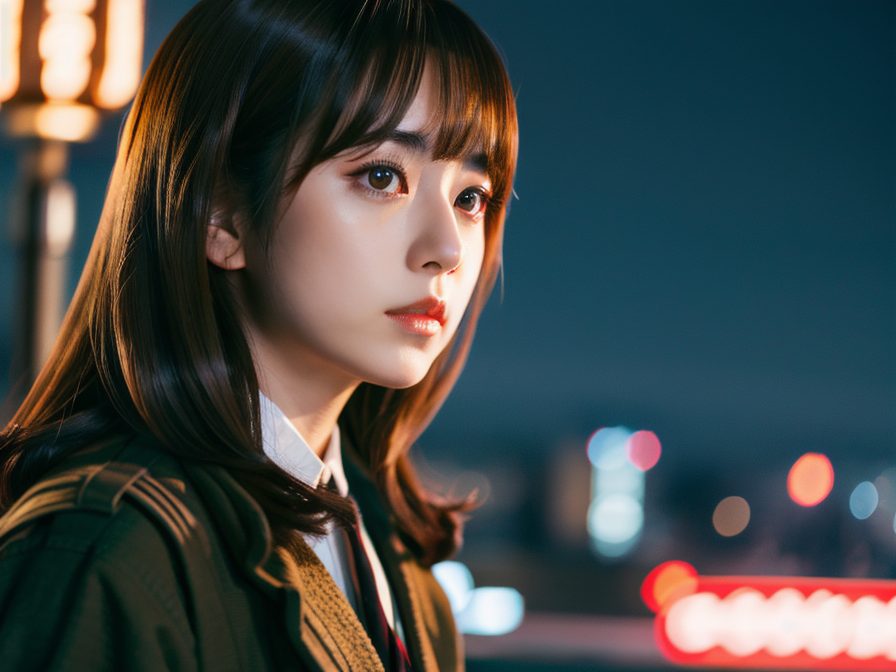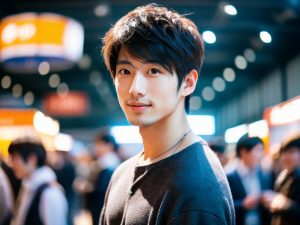Since its debut on Japanese screens in 1954, Godzilla has become more than just a movie character—it is now a cultural phenomenon. From films and collectibles to events and tourism spots, Godzilla has captured the hearts of audiences worldwide. But what makes this iconic kaiju (giant monster) so captivating, and how can fans fully enjoy everything Godzilla-related?
This article explores Godzilla’s origins, must-watch films, behind-the-scenes trivia, shooting locations for fans to visit, and even popular merchandise and events. Dive into the universe of Godzilla and discover everything that makes it truly special!
A Special Creation: Godzilla’s Background and Origins
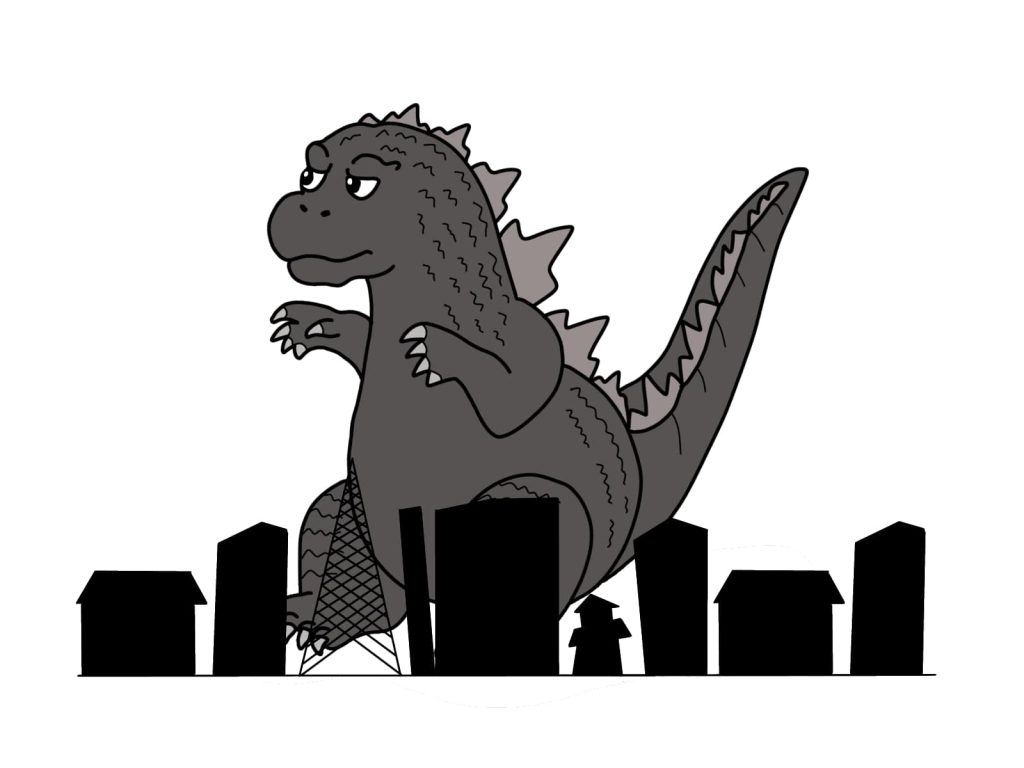
The Birth of Godzilla
Godzilla first appeared in 1954, a time when Japan was still grappling with the aftermath of World War II. Inspired by contemporary events, the film was a direct response to nuclear bomb testing in places like Bikini Atoll and the resulting radiation damage which had shocked the world. Against this backdrop, Toho Studios created “Godzilla,” a film that captured public anxieties about nuclear weapons.
While other films addressed the dangers of nuclear weapons, Godzilla stood out by turning the concept into a tangible threat: a massive beast born of radiation. Godzilla symbolized humanity’s hubris in tampering with nature, making it not just a monster movie, but a commentary on social issues, leaving a deep impression on audiences.
The Secret Behind Godzilla’s Name
The name “Godzilla” comes from combining the words “Gorilla” and “Whale” in Japanese. This hybrid name reflects Godzilla’s immense size and dominance over both land and sea. With its dinosaur-like, bipedal form, spiked dorsal fins that evoke radiation, and ability to unleash destructive atomic breath, Godzilla projects an awe-inspiring and memorable image.
Over the decades, Godzilla’s design and characteristics have evolved with the times, reflecting different social and cinematic contexts. Sometimes portrayed as a terrifying force of nature and other times as a heroic protector, Godzilla’s nuanced image has helped it stay relevant and beloved for generations.
The Evolution of Godzilla: Films and Milestones
Since its inception, Godzilla has evolved far beyond its origins as a nuclear metaphor, addressing broader themes and pushing the boundaries of cinematic technology. Below, we’ll explore the highlights of Godzilla’s history and timeless films.
The Early Days of Godzilla
The debut film “Godzilla” (1954) introduced audiences to a terrifying monster created by nuclear testing. Its themes of post-war trauma and nuclear fear resonated deeply with Japanese audiences. This wasn’t just a monster movie but also a work of social commentary. Subsequent films leaned more into entertainment, featuring battles between Godzilla and other monstrous foes, making the franchise a pop culture landmark.
Recommended Films:
- “Godzilla” (1954): A cinematic masterpiece highlighting nuclear terror and its consequences.
- “King Kong vs. Godzilla” (1962): A dream clash between two iconic monsters that boosted the series’ popularity.
Technological Advancements and New Themes
In the 1980s, Godzilla films went through a revival. The rebooted “Godzilla” (1984) returned to the series’ serious tone, reexamining nuclear issues during the Cold War. Later films introduced more modern concerns, including genetic engineering and environmental warnings, keeping the stories fresh and engaging. Strike a balance between action-packed monster battles and societal questions.
Recommended Films:
- “Godzilla” (1984): A rebooted classic, reigniting the franchise with a darker tone.
- “Godzilla vs. Biollante” (1989): A compelling story about biotechnology and humanity’s interference with nature.
Godzilla in the Modern Era
From 2000 onwards, Godzilla films embraced digital effects and explored a variety of storytelling styles. Highlights include “Godzilla 2000: Millennium” (1999), using cutting-edge special effects, and “Shin Godzilla” (2016), which tackled societal issues like disaster response and bureaucracy. Meanwhile, Hollywood adaptations expanded Godzilla’s reach with films like “Godzilla: King of the Monsters” (2019), showcasing enormous cinematic scale and global appeal.
Recommended Films:
- “Godzilla 2000: Millennium” (1999): A fresh take on Godzilla’s legacy with updated visuals.
- “Shin Godzilla” (2016): A sharp critique of modern disaster management through the lens of Godzilla’s rampage.
- “Godzilla: King of the Monsters” (2019): Hollywood’s vision of massive monster battles on a global stage.
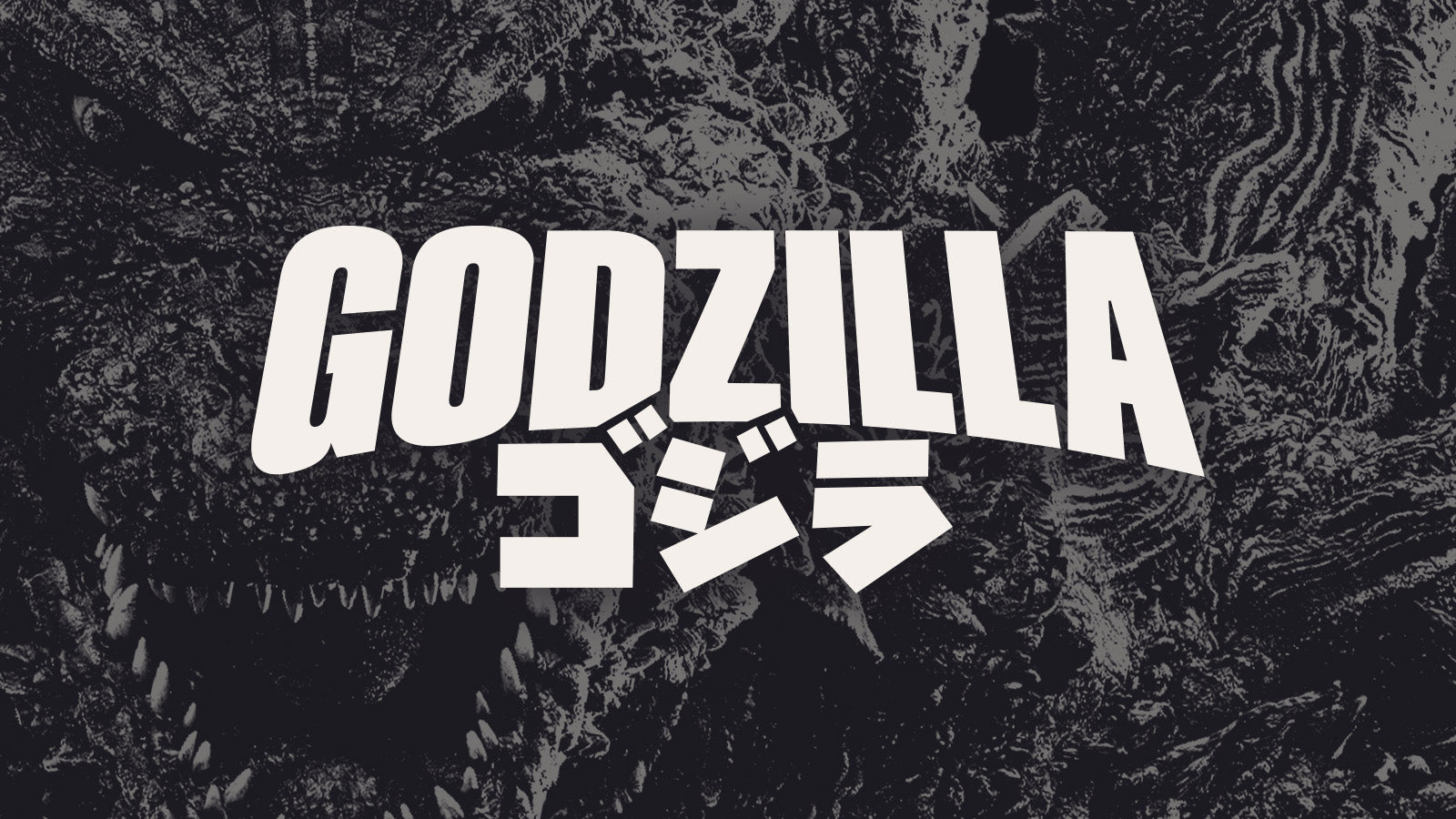
Did You Know? Fascinating Godzilla Trivia
The Origin of Godzilla’s Roar
One of the most iconic elements of Godzilla’s presence is its roar. Surprisingly, the sound wasn’t derived from actual animal recordings but was created using a double bass. By rubbing the strings with a leather glove and modifying the vibrations, sound designers crafted what became Godzilla’s unforgettable voice.
The Weight of the First Godzilla Suit
The suit used for the original “Godzilla” (1954) weighed roughly 100 kilograms, making it incredibly difficult for the actor to perform. Despite challenges like limited visibility and limited air circulation, the intricate design of the suit helped establish Godzilla as a landmark in cinematic history and an enduring symbol in Japanese culture.
Godzilla’s Filming Locations: Must-Visit Spots
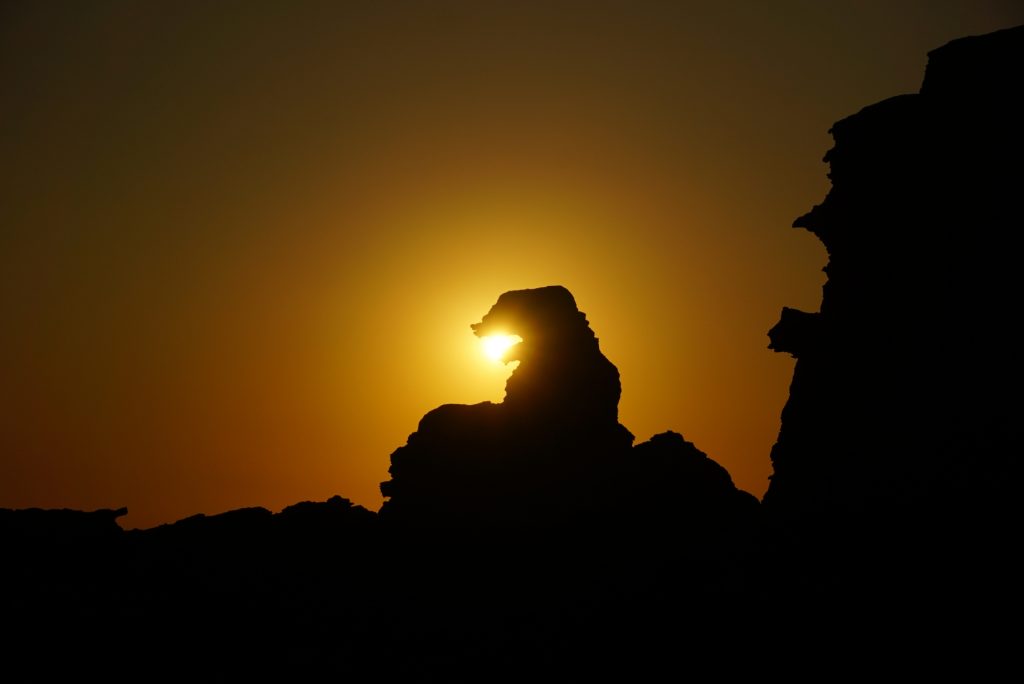
Many Godzilla fans enjoy traveling to real-world locations featured in the films. Here are some iconic spots where you can connect with Godzilla’s cinematic world:
Tokyo Station
Seen in the climactic final moments of “Shin Godzilla” (2016), Tokyo Station serves as the backdrop where Godzilla halts. The restored red-brick station building is not only a significant location in the film but also a famous tourist destination worth exploring.
Ijika Town, Toba City
Ijika Town in Toba City (Mie Prefecture) is where scenes of the fictional “Odo Island” were filmed for the original “Godzilla” (1954). Local villagers participated as extras, creating the unforgettable scenes of panic as Godzilla emerges. The historical significance of this spot makes it a hidden gem for Godzilla fans.
Godzilla Rock
This naturally occurring rock formation in Akita Prefecture resembles Godzilla’s silhouette, earning its name among fans. While not a filming location, it’s become a beloved tourist spot and an instant hit for lovers of the franchise.
Must-Have Godzilla Merchandise & Events
Godzilla Store Tokyo
Located in Tokyo’s Shinjuku district, this official store is a treasure trove for Godzilla memorabilia. Fans can find exclusive figures, apparel, and posters, as well as limited-edition items tied to new releases.
Godzilla Fest
The annual “Godzilla Fest” celebrates everything about the King of Monsters. From screenings of classic films to live talks with directors and actors, the event also features unique merchandise, making it a must-visit for hardcore fans.
The Future of Godzilla
Even in 2025, Godzilla continues to evolve. The sequel to “Godzilla Minus One” (2024) has already been announced, further exploring the franchise’s return to its darker, more emotional roots. Meanwhile, Hollywood’s “Godzilla x Kong: The New Empire” expands the MonsterVerse, offering epic crossovers with other major kaiju.
In the coming years, filmmakers are expected to adopt cutting-edge digital technology and AI to further enhance Godzilla’s cinematic presence. As a timeless metaphor for humanity’s trials and triumphs, Godzilla remains a powerful and enduring symbol. The King of Monsters will undoubtedly continue to captivate the world for generations to come!


